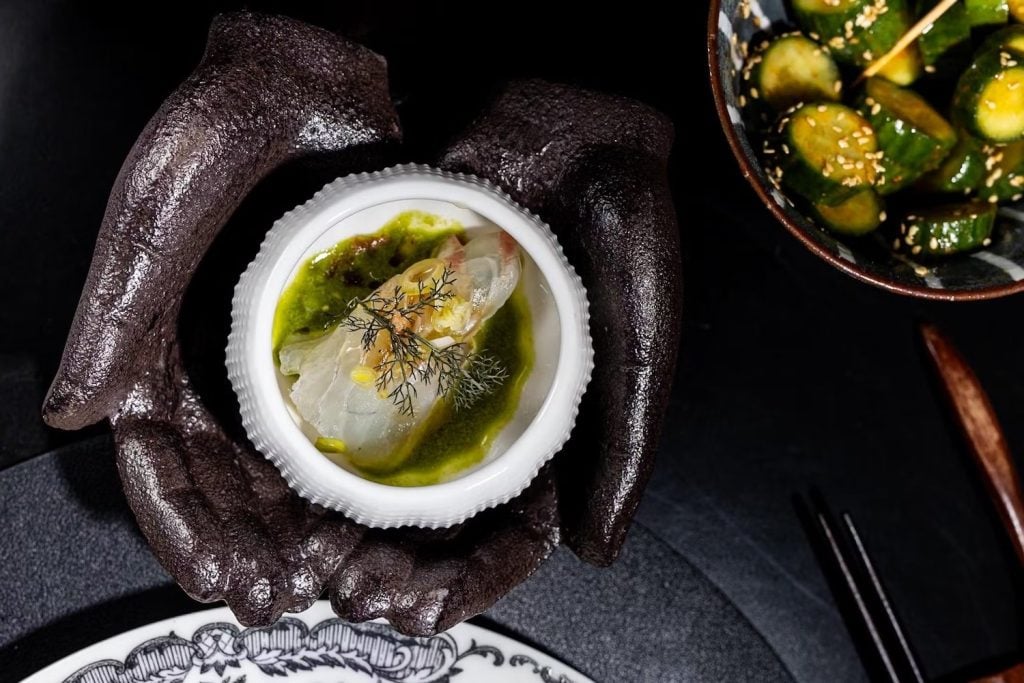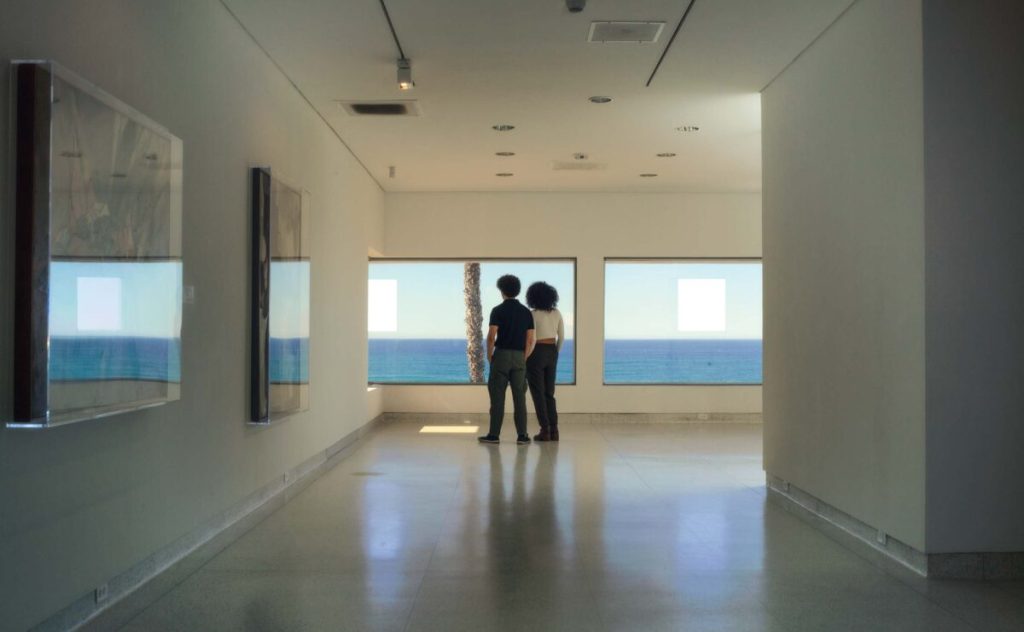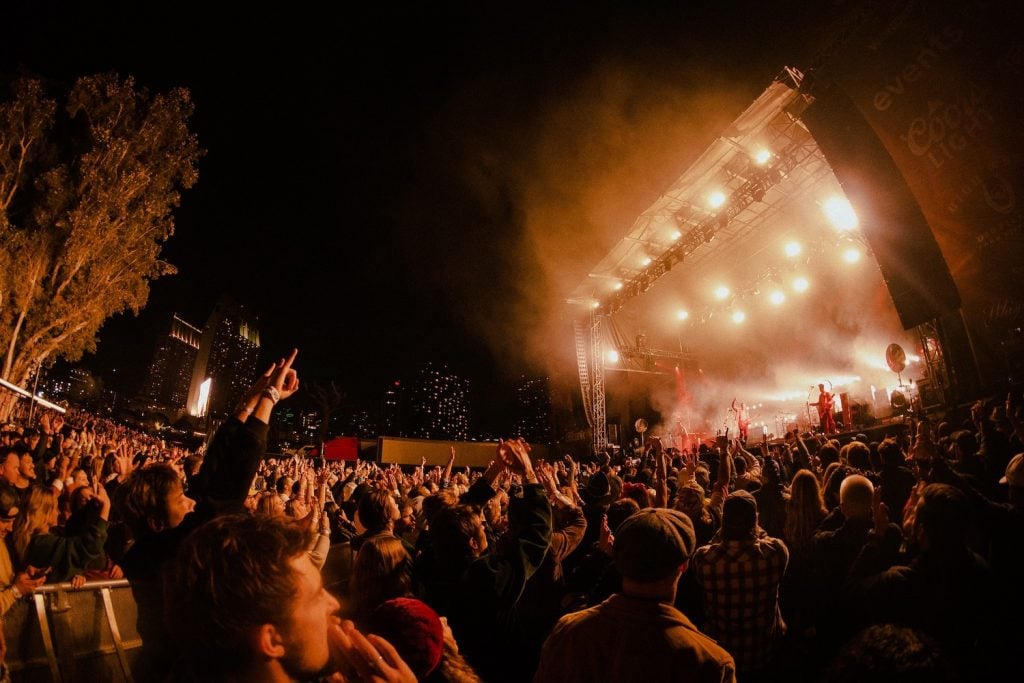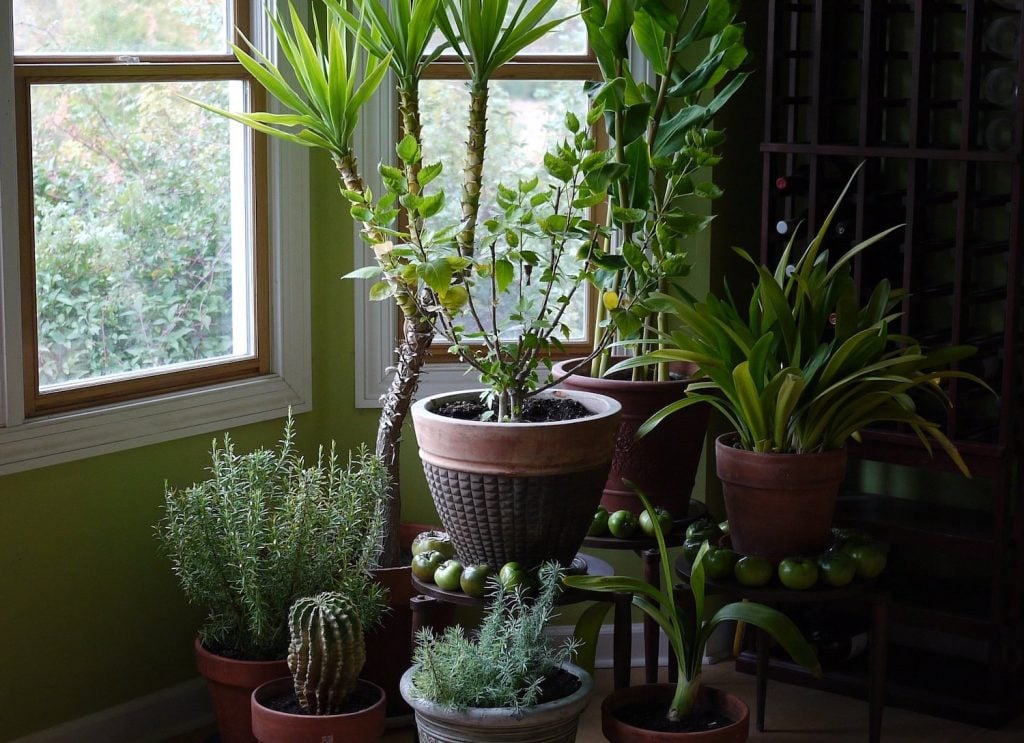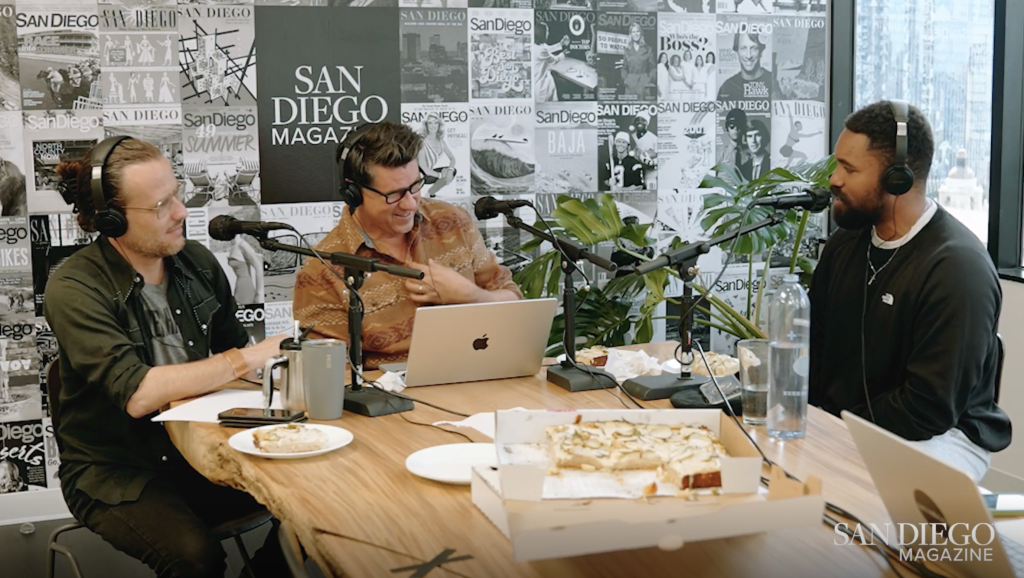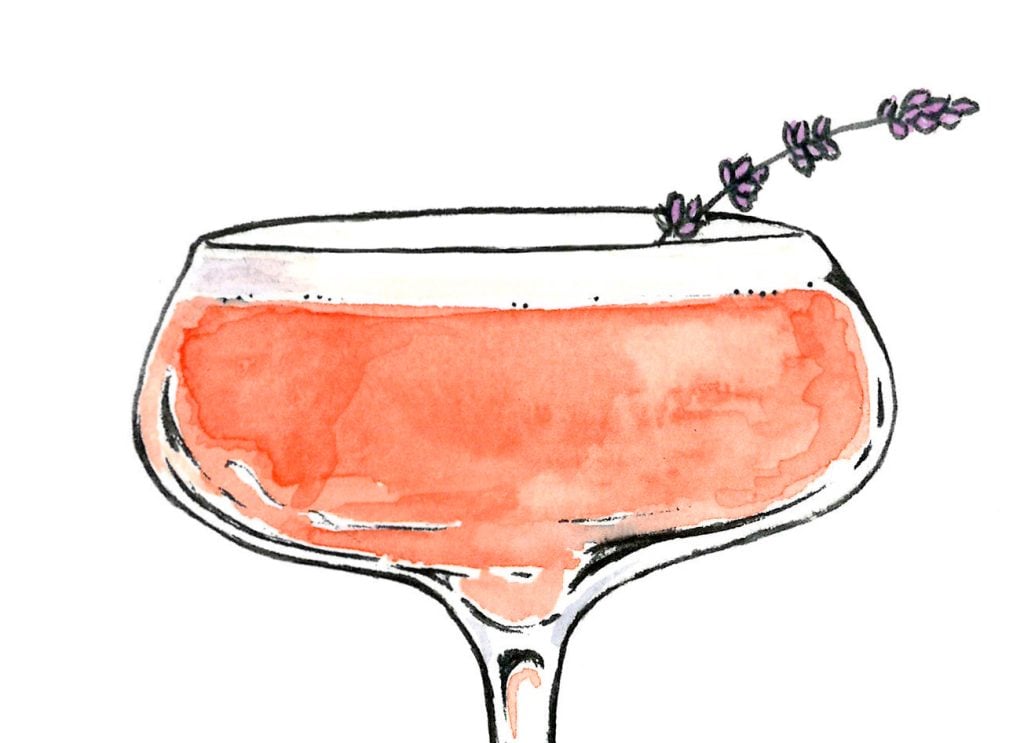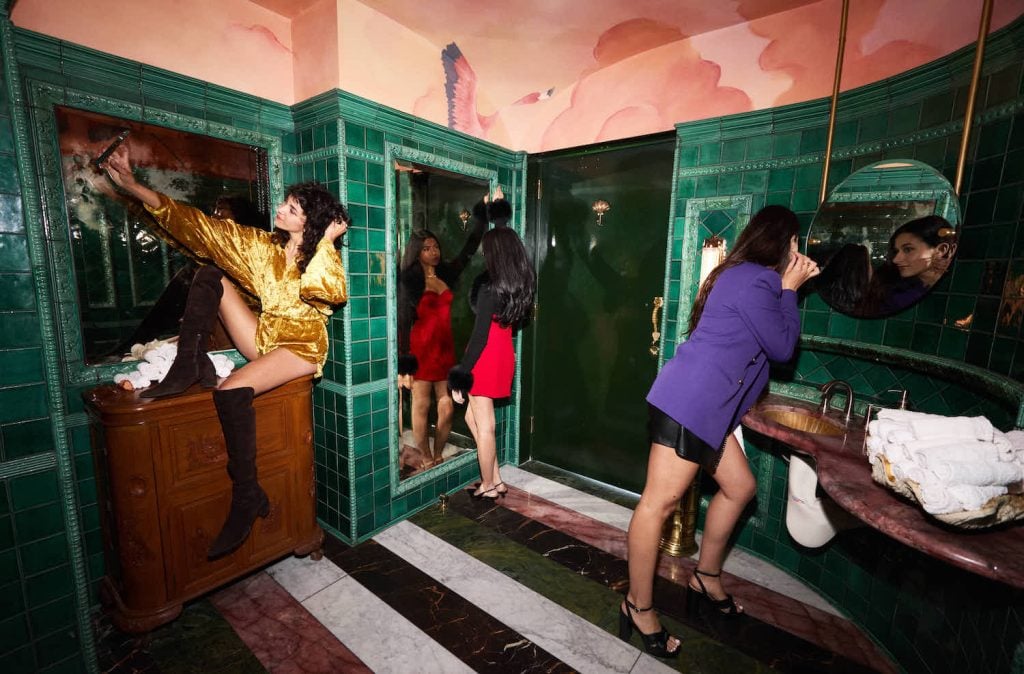
Fountains of Youth
San Diego Magazine: Why are city parks so important for residents?
Glen Schmidt: It’s about our quality of life, health, and wellbeing. Parks create places for people to play and exercise. They’re also places for rejuvenation, to connect with areas away from the urban world. Frederick Law Olmsted, who designed New York City’s Central Park, said: “The beauty of rural scenery is a restorative antidote to the artificiality and oppression of urban conditions.” He knew intuitively in the 1800s what we’ve now proven scientifically: When people have a connection or even views to a landscape area, they’re healthier. Beyond that, parks create a visual identity and place of pride for our community.
By the Numbers
- 14 acres
- Second-largest grand opening of a public park in San Diego since Balboa Park
- 830-foot long fountain split into two sections, one on each side of the building
- 31 water jets
- Nozzles are 3 inches in diameter
- Underground tank holds 80,000 gallons
- 24/7 security
SDM: How did the kids’ orientation of this park come about?
GS: This park was designed by a company out of San Francisco called Hargreaves Associates. McCarthy [Building Companies] was the general contractor. We did the final design and implementation. We had to value-engineer $15 million out of it while still maintaining their concept as close as possible. It included a family area where we now have the large children’s play area. The County Board of Supervisors approved more money, as we were in the middle of construction to give it a lot more play value. It wasn’t going to be very elaborate, but they said, ‘Here’s more money, let’s make this really special for kids.’ We added some very innovative, interesting material that kids just don’t see in other parts of San Diego: a very large globe-like climbing net that’s pretty fun; a modern see-saw, which you don’t see everywhere; little balls that spin; and a skateboard you stand on that rocks around like you’re skating.
SDM: So it’s the County officials who deserve all the high-fives?
GS: It was [Supervisor] Ron Roberts’ brainchild and vision. The Board of Supervisors had a plan to redevelop the area and bring in buildings. Financially it made a lot of sense for them, and it was during a time when there were a lot of financial issues, but Ron kept pushing for a park.
SDM: What about that water feature?
GS: It runs the 800-foot length of the park. It’s beautiful, elegant, very simple but a tremendous play value. A fountain like this has to be recirculated at a certain rate. [There are] filtration laws and rules for how you filter and cleanse water that is in contact with people. It’s fairly significant. Water goes into a large vault in the north side of the park, goes through a number of filters. It’s not just decorative. It’s fun to the see kids enjoy. The reflecting pond has only 1 inch of water, so they can splash. Spouts shoot 22 feet and 14 feet high every 20 feet or so. Kids can run through and under them. On a hot day, it’s just as good as being on the beach.
SDM: Aren’t we in a drought?
GS: We’re in a drought and we have issues with water. Grass is popular, and we have it growing in all these areas that are just decorative, narrow areas that no one sees or uses, behind buildings. You can find it everywhere, and it’s a high water-use material. We should be putting it where it provides the most benefit for everyone. An area where people can play and sit, that’s where we want to have our lawns. Parks are our greatest public resource. They create a great public benefit, in terms of the use of that resource. So they deserve more of this precious resource [water].
SDM: What are your favorite parks in the world?
GS: I visit parks all over the world and find great ideas there. But most of my favorites are here in the U.S., including Balboa Park. We have one of the most beautiful urban parks in the world right here in San Diego. I wish we could find a good long-term solution to the conflict between cars and people in the Prado. It is really a shame that we could not take advantage of Dr. [Irwin] Jacobs’ incredibly generous gift to create a permanent solution. I thought that was very short-sighted. We should have been able to work with him. I hope some day he will forget how poorly he was treated and come back to the table. Central Park in New York is the grandfather of our American urban parks. At Millennium Park in Chicago, be sure to visit Cloud Gate by Anish Kapoor, one of the most interesting and inspiring public art pieces in the world. And the National Mall in Washington, D.C. The scale and grandeur of this space is visionary and makes you feel proud to be a part of our great nation.
SDM: What do you admire most about the work of Frederick Olmsted, creator of Central Park?
GS: Having the vision to set aside land in the middle of New York City is tremendous. His garden-esque design philosophy is a beautiful thing. What I find really fascinating is how our urban park designs have evolved to have more of an edge to them. Olmsted’s parks generally have a suburban feel to them, curvy pathways and re-creating nature as close as possible.
SDM: If you weren’t designing parks, what would you be doing?
GS: I love what I do—designing urban plazas and trails through open space and urban areas. I would do something else that improves people’s quality of life through design.
SDM: For all the budding urban designers out there, what advice do you have on pursuing this kind of career?
GS: Throw yourself into it 100 percent. In the book Talent is Overrated, Geoffrey Colvin studies people who have excelled in their professions, from sports to music, and the one common denominator is their work ethic. Work hard over a long period of time, put in the hours, and have great mentors to learn from every day. Directed practice—you’re not just going through the motions, you are learning every day. This is my 31st year in business and I’m constantly learning and trying to see how I can become a better landscape architect. Strive to be better every day. You can’t do it overnight. It takes a long time.
SDM: What other projects have you done that we would recognize?
GS: We were the landscape architects for Stone Brewing and World Bistro, both in Escondido and Liberty Station. There’s also the Coastal Rail Trail in Solana Beach, a popular jogging and biking trail that gave Solana Beach a new visual identity. At Cottonwood Creek Park on Encinitas Boulevard, we brought the water to the park and re-vegetated that creek. The trail on the Silver Strand and the unique overlooks—one of them has openings in the benches that line up where the sun sets in the summer solstice. We’ve won 10 Orchid Awards, and no Onions yet, knock on wood. We’ve won more than 100 design awards, but I’m most proud of the Orchid because it’s recognition from your peers.
SDM: Any upcoming projects?
GS: Horton Plaza. A firm out of Portland, Walker Macy, is the prime consultant, but we were on their team, collaborating with them on the design. Should be starting construction hopefully later this year. It will be like a Times Square for downtown San Diego. Another one we’re very excited about is the park at Civita in Mission Valley. We designed a 14-acre park that runs throughout the central core of the whole community. It climbs up the hill 50 feet in elevation, so it will be terraced, with views of Mission Valley, an amphitheater area, and gardens. We are hoping for an interactive play water feature there too. [We are also doing] the renovation of the Torrey Pines North Golf Course with Phil Mickelson Design. Phil is doing the strategic golf design. We’re working with them on the aesthetics and plant treatments, the public process and permitting process, along with a whole slew of consultants.
SDM: Where else would you love to see a park in San Diego?
GS: We have a number of communities that are park deficient, especially in Southeast San Diego. I’d love to see more parks in the Chollas Creek Watershed. We have a lot of storm water issues. My vision is to come up with solutions that clean our rainwater but also provide recreational opportunities for our residents. That’s something I hope we can implement over time, to combine the need to improve our water quality with the need for open space and improving people’s health and wellbeing. That’s the vision that I’d love to be a part of in San Diego.
Fun Fact
Specially designed wind sensors turn down the water jets when the wind rises. Otherwise water would spray behind the fountain.

Fountains of Youth
Photo: Corey Jenkins


